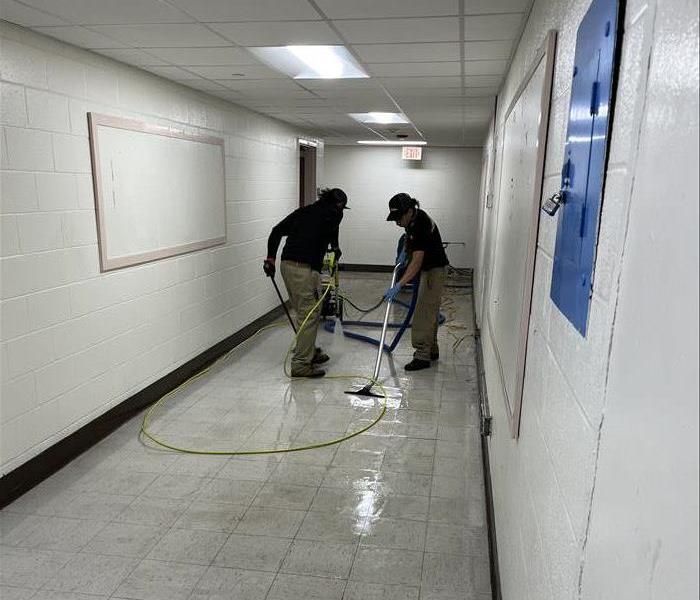After the Storm: Assessing Tree Damage in the Northeast
9/11/2024 (Permalink)
 This guide will help you understand the importance of assessing tree damage in the Northeast, with a focus on Rhode Island.
This guide will help you understand the importance of assessing tree damage in the Northeast, with a focus on Rhode Island.
Storms can leave a significant impact on the Providence, RI, landscape, particularly on the trees that provide shade, beauty, and ecological benefits. After a storm, assessing tree damage is crucial to ensure safety and decide on the next steps for tree care and property recovery. This guide will help you understand the importance of assessing tree damage in the Northeast, with a focus on Rhode Island.
Understanding Tree Damage
Storms can inflict various types of damage on trees, including broken branches, split trunks, and even uprooted trees. High winds, heavy rain, and ice can all contribute to the weakening of a tree's structure. It's essential to recognize the signs of damage early to prevent potential hazards such as falling branches or trees, which can cause property damage or personal injury.
Common Types of Tree Damage
- Broken Branches: High winds can break branches, leaving hanging limbs that are hazardous.
- Split Trunks: Severe storms may cause trunks to split, which can compromise the tree’s stability.
- Uprooted Trees: Saturated soil combined with strong winds can result in trees being uprooted.
- Crown Twist: Winds can twist the crown of the tree, causing internal damage that's not immediately visible.
Assessing Tree Damage in Rhode Island
In Rhode Island, tree damage from storms is a common issue. A study by the Rhode Island Department of Environmental Management noted that over 60 percent of the state’s trees experienced some form of damage during significant storm events over the past decade. This statistic highlights the importance of post-storm assessments to maintain the health and safety of the state's green canopy.
Steps to Assess Tree Damage
- Initial Inspection: Start with a visual inspection from a distance to identify any obvious signs of damage such as broken branches or leaning trees.
- Close-up Examination: Get closer to check for cracks in the trunk, exposed roots, and other subtle damages.
- Check Surroundings: Assess the surrounding area for damaged power lines, structures, or other hazards that the tree might affect.
- Professional Help: For severe damage, it’s best to consult a professional arborist who can provide a detailed assessment and recommend the best course of action.
Preventative Measures
While it's impossible to prevent all storm damage, regular tree maintenance can reduce the risk. Pruning dead or weak branches, ensuring the tree is healthy, and planting trees in suitable locations can help them withstand severe weather better.
Conclusion
Assessing tree damage after a storm is vital for the safety and health of your property and the community. By understanding the types of damage and taking the appropriate steps to assess and address it, you can help preserve the beauty and benefits of the trees in the Northeast. For extensive damage, always consider contacting professionals like SERVPRO® for expert assistance and restoration services.
Ensuring the health of your trees not only enhances your property’s aesthetics but also contributes to the overall well-being of the environment. Stay vigilant, stay safe, and take proactive steps to protect your trees after the storm.






 24/7 Emergency Service
24/7 Emergency Service